he Automatic Temperature Control System was named as a Historic Mechanical Engineering Landmark in 2008. Warren S. Johnson came up with the idea for automatic temperature control while teaching at Normal School in Whitewater, Wisconsin in the 1880's. Originally, janitors would have to enter each classroom to determine if it was too hot or cold and then adjust the dampers in the basement accordingly. Johnson sought a way to end, or at least minimize the classroom interruptions of the janitors and increase the comfort level of the students.
Environmental Control
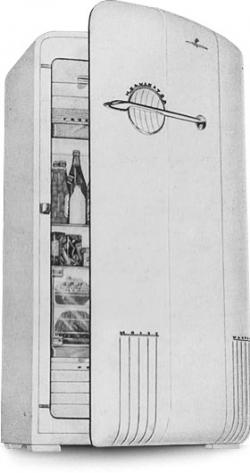
This collection includes many examples of advances in mechanical refrigeration for residential and commercial applications, dating from about 1890 to 1960. Such devices dramatically improved food storage safety and convenience and set high standards for mechanical reliability. The RRM collection contains products of such pioneers in the refrigeration industry as Frigidaire, Philco, Sunbeam, and Tecumseh. An archive is available to help researchers trace the history of the refrigeration industry.
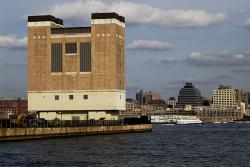

The concept of heating a number of buildings in the core area of a city from a single heating plant was introduced into the United States by Birdsill Holly at Lockport, New York, in 1877. The gain in thermal efficiency of a single large steam plant over a series of small isolated boilers led to widespread commercial installation of district heating. Organized by the Detroit Edison Company, the Central Heating Company began service here in 1903, supplying twelve customers with steam piped from the Edison Company's Willis Avenue Plant. Today's greatly enlarged system continues in operation.
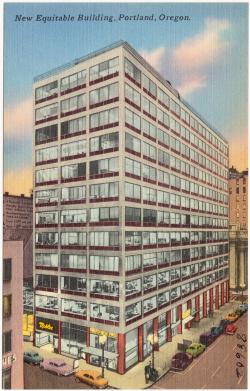
The use of heat pumps for the heating and cooling of the Commonwealth Building, initiated in 1948, was a pioneering achievement in the western hemisphere. The theoretical conception of the heat pump was described in a neglected book, published in 1824 and written by a young French army officer, Sadi Carnot. Its practical application on a large scale is attributable to designers J. Donald Kroeker and Ray C. Chewning, building engineer Charles E. Graham, and architect Pietro Belluschi.
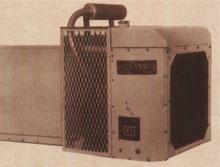
The refrigeration units placed on trucks in 1938 by Thermo King Corp. revolutionized the transportation of perishable foods. Today they are a common sight on streets everywhere. Consumer demand for meat, poultry, produce and dairy products increased at an astounding rate. These installations and subsequent ones on refrigerated vehicles, ships, and railroads have had worldwide impact on the preservation of food and other perishables during distribution.
Innovations
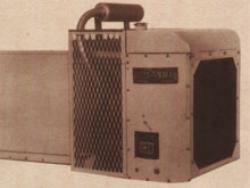
The refrigeration units placed on trucks in 1938 by Thermo King Corp. revolutionized the transportation of perishable foods. Today they are a common sight on streets everywhere. Consumer demand for meat, poultry, produce and dairy products increased at an astounding rate. These installations and…
Read More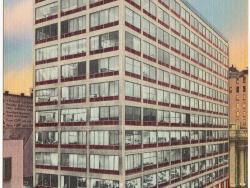
The use of heat pumps for the heating and cooling of the Commonwealth Building, initiated in 1948, was a pioneering achievement in the western hemisphere. The theoretical conception of the heat pump was described in a neglected book, published in 1824 and written by a young French army officer,…
Read More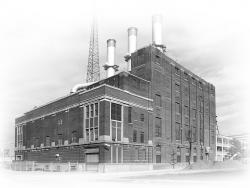
The concept of heating a number of buildings in the core area of a city from a single heating plant was introduced into the United States by Birdsill Holly at Lockport, New York, in 1877. The gain in thermal efficiency of a single large steam plant over a series of small isolated boilers led to…
Read More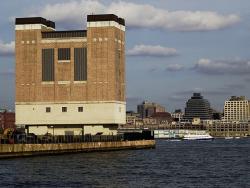
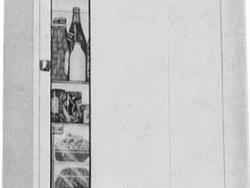
This collection includes many examples of advances in mechanical refrigeration for residential and commercial applications, dating from about 1890 to 1960. Such devices dramatically improved food storage safety and convenience and set high standards for mechanical reliability. The RRM collection…
Read Morehe Automatic Temperature Control System was named as a Historic Mechanical Engineering Landmark in 2008. Warren S. Johnson came up with the idea for automatic temperature control while teaching at Normal School in Whitewater, Wisconsin in the 1880's. Originally, janitors would have to enter each…
Read More

